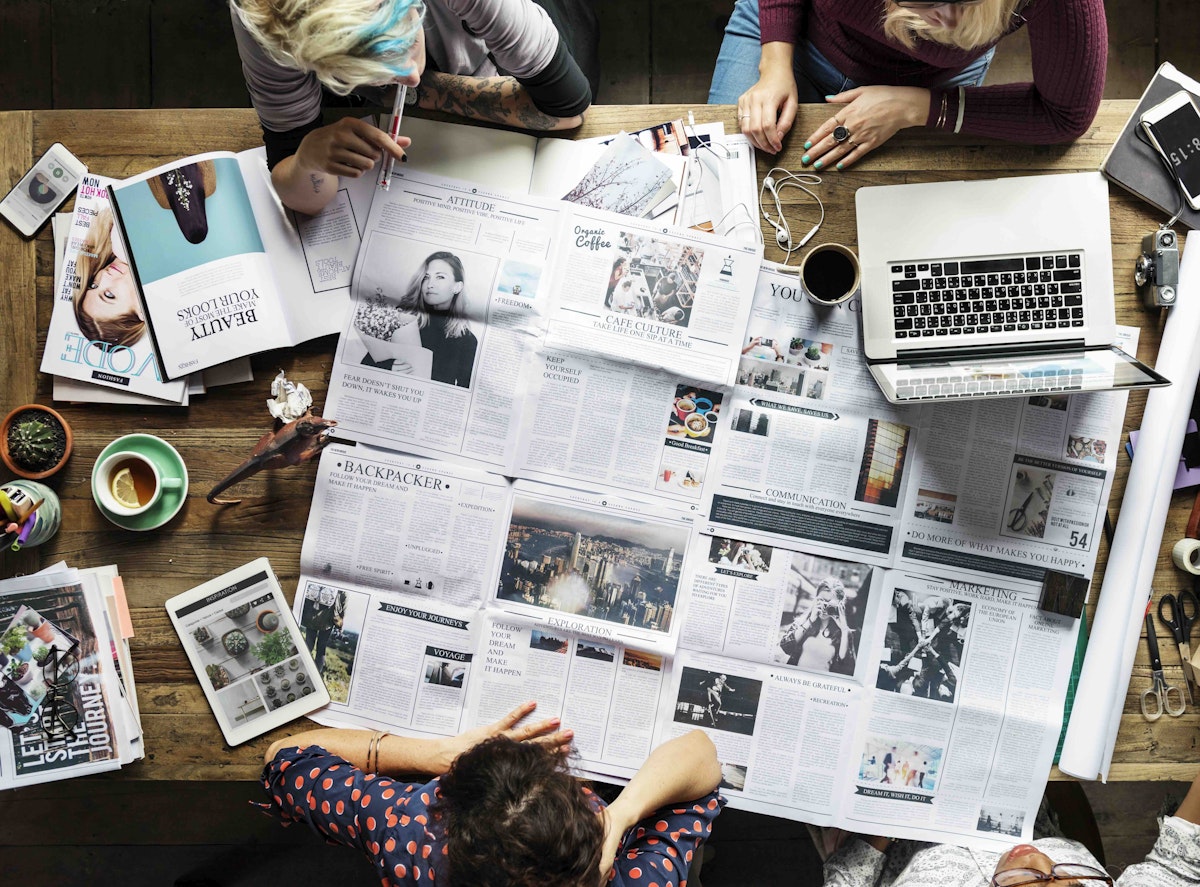Why Photo Research Is the New Bottleneck in Editorial Production

In the golden era of publishing, images were a luxury. Now, they’re a necessity.
Whether you’re producing a magazine spread, a nonfiction title, or a rich digital feature, imagery is no longer an afterthought—it’s a core part of how readers experience your content. And as expectations for quality, speed, and collaboration rise, so does the pressure on the often-overlooked team responsible for sourcing it: the photo research team.
Despite major advances in editorial tech, from layout automation to collaborative copy editing, one area remains stuck in the past: photo research and image approval workflows. The result? A hidden bottleneck that’s slowing down production across the industry.
Let’s unpack why photo research has become the new choke point—and how publishers can rethink their workflows to move faster without sacrificing quality.
The New Reality: More Images, More Pressure
Publishing today is visually driven. Across every format:
Books are becoming more illustrated and annotated
Magazines lean on high-quality visuals to grab attention and tell complex stories
Digital content depends on imagery for SEO, engagement, and shareability
At the same time, readers have shorter attention spans, and production schedules are accelerating. This puts photo researchers and art directors in a high-stakes race against time:
Track down the right image—on brand, legally cleared, and high resolution
Get buy-in from multiple stakeholders
Manage dozens (if not hundreds) of image assets per project
Finalize selections while layout and copy are still in motion
And all of this must happen without a standardized system.
Outdated Tools = Hidden Bottlenecks
Most photo research workflows today still rely on a patchwork of general-purpose tools:
Cloud storage (Dropbox, Google Drive): good for storing images, bad for managing version control, roles, or approvals
Email or Slack: good for communication, terrible for structured feedback or long-term traceability
Spreadsheets: still widely used to track figure numbers, permissions, and statuses—manually
This stitched-together approach isn’t just inefficient—it’s risky. Here’s what it leads to:
Miscommunication: Did we approve that image or are we still reviewing it?
Version chaos: Are we looking at the latest folder?
Lost time: Chasing down responses, rechecking licenses, relinking files
Burnout: Researchers and editors spending hours on process instead of storytelling
When a single delay in image approval can stall a layout handoff, missed deadlines become inevitable.
Why Other Editorial Tools Fall Short
Modern publishing platforms have made huge strides in areas like copy editing, project management, and layout collaboration. Tools like Google Docs, InCopy, and Trello are great—but none are built for image research.
The problem isn’t just file storage—it’s the decision-making process around images:
What stage is this image in?
Has the author commented on it?
Is it a placeholder or a final selection?
Is it usable? Approved? Licensed?
None of this is captured in your average Dropbox folder.
So while your copy workflow may be streamlined, your photo workflow is likely slowing everything else down. And as projects grow more visual, that drag only gets worse.
Photo Research Isn’t Just a Task—It’s a Workflow
It’s time to stop treating photo research as an isolated function. It’s a collaborative, evolving process that touches every part of a project—from early drafts to final layouts.
To keep pace, editorial teams need purpose-built tools that:
Structure the process without restricting creativity
Track statuses like “reference,” “selectable,” “rejected,” and “final”
Support threaded comments and decision-making in context
Respect roles (editor, researcher, author, production) with proper permissions
Handle metadata, figure numbers, and chapter associations elegantly
Scale across titles and large teams without chaos
That’s where modern, image-centric workflow tools like MediaSynch™ come in.
The Future of Photo Research Is Collaborative, Visual, and Tracked
With MediaSynch, publishers can finally align their image workflow with the sophistication of their editorial and production processes.
Instead of chasing folders and follow-up emails, teams using MediaSynch:
Instantly see the status of every image across every chapter
Collaborate in real time with threaded comments and role-based actions
Export approved image selections complete with metadata, ready for layout
Maintain accountability with activity logs and version control
The result? Less friction. More visibility. Faster timelines.
What’s at Stake?
In a world where timelines are shrinking and visual expectations are growing, photo research can no longer be a patchwork process. It must become a core, trackable, and collaborative function of every publishing team.
If your editorial process is being held back by slow, scattered image workflows, it’s time to rethink the tools you use—and who they were built for.
Ready to See a Better Way?
MediaSynch was designed by publishing professionals who understand the stakes. We’ve felt the folder chaos. We’ve managed the spreadsheets. We built the solution we wish we had.
Get a live demo and see how MediaSynch simplifies photo research and keeps your team in sync.
Download our free workflow checklist to assess your current bottlenecks.
Talk to us about your team’s needs—we’re here to help.
Final Thought
Photo research isn’t the problem—it’s the process.
Fix the process, and everything else flows faster.